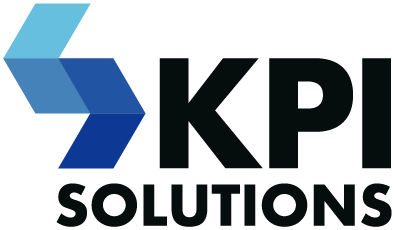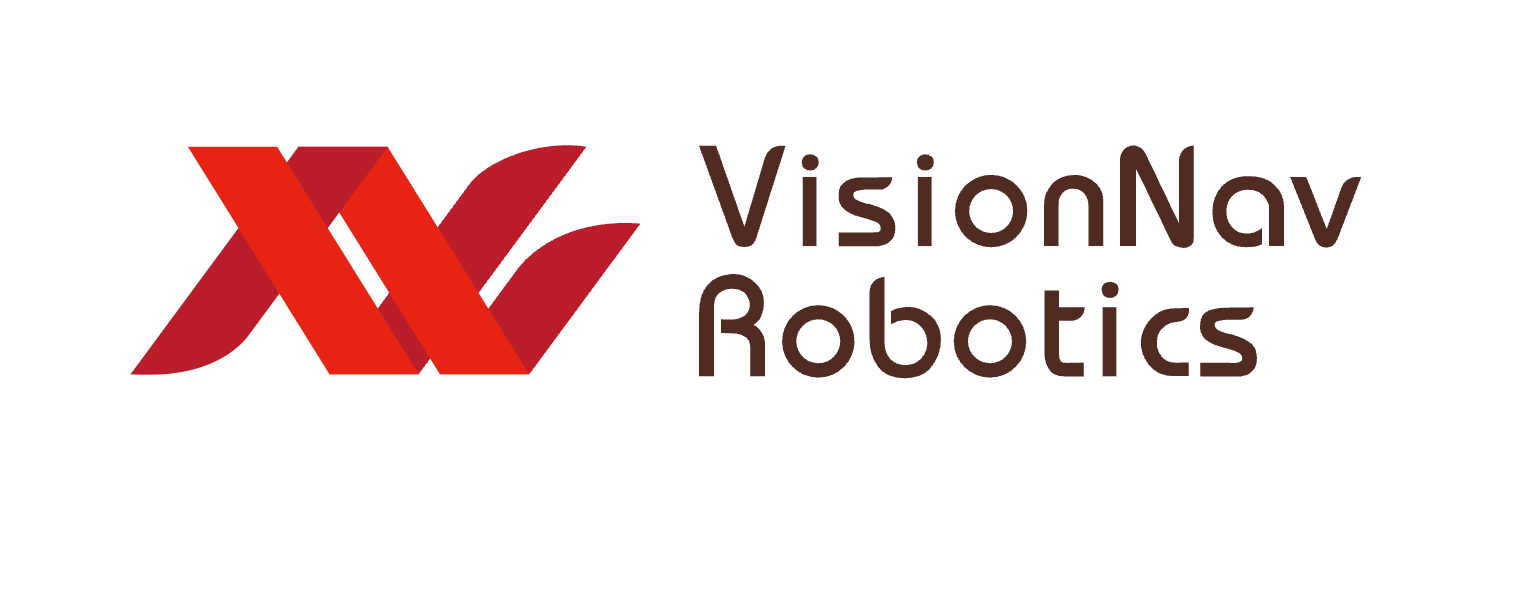Technology Theater
-
- Societal impact: understand how AI is reshaping societal norms, influencing employment, and altering the landscape of human interaction and ethics
- Supply chain and logistics: explore how AI is optimizing supply chain processes, improving efficiency, and enhancing decision-making in logistics management
- Thriving in an AI-driven world: learn strategies for individuals and organizations to adapt and thrive in an AI-driven environment, focusing on skill development and embracing innovation

-
-
Ocado has faced numerous challenges – and developed just as many solutions – as developers and operators of its own warehouse automation technology
-
Ocado has just about seen it all in terms of building MHE to support growing enterprises, and in building highly productive centers of the future
-
Learn about the successes, failures, and lessons learned throughout a vibrant 20+ year journey in warehouse automation

-
-
-
Gain a clear understanding of the key challenges – volume, variety, velocity, value, and veracity – and how they impact data management and analytics efforts
-
Learn the essential components of a successful big data strategy, including data governance, technology choices, real-time processing, and talent development
-
Discover how organizations can overcome big data challenges and leverage them as opportunities to drive innovation, enhance decision-making, and create competitive advantage

-
-
-
Understand how data and algorithms can predict and solve supply chain disruptions, such as unexpected surges in demand
-
Learn how cloud technology is driving advancements in predicting consumer demand across e-commerce and omni-channel platforms
-
Identify the key roles of software, data, and hardware in building automated solutions for future supply chain challenges.

-
-
-
Learn how high-throughput automation systems streamline production, minimizing delays and bottlenecks to maximize output and consistency
-
Discover how to design and implement automation solutions that scale seamlessly with growing demands, ensuring your operations remain adaptable and future-proof
-
Understand the role of robotics in minimizing human error, ensuring high levels of precision and quality in automated workflows, particularly in complex or high-volume tasks

-
-
-
Exploring preliminary steps of planning and data collection before researching automation options
-
Learning how to evaluate the options and determine where they will provide benefits in your operations
-
Understanding the path to build a business case by tracking your specific operational areas for return on investment

-
-
-
Outlining the origins and implications of nearshoring on the digital supply chain
-
ESG: considering how upstream transparency improves customer loyalty
-
FSMA 204: a case for a single, shared source of truth

-
-
-
The warehousing industry is expanding rapidly due to increased consumer demand, the rise of e-commerce, and the necessity for quick access to goods
-
Warehouses are increasingly adopting robotics and automation technologies to improve operational efficiency, safety, and stock management, while addressing challenges like labor shortages
-
The integration of these technologies is minimizing the need for human intervention, reducing spatial requirements, and enabling continuous operations, which has the potential to revolutionize traditional warehousing practices

-
-
Elevate your logistics: extending warehouse management through a collaborative supply chain approach
-
How to gain significant efficiency gains across your logistics operation by enabling real-time communication and seamless collaboration
-
How technologies such as real-time tracking, ANPR systems, driver self-registration kiosks, and AI-powered analytics enhance collaborative yard management, allowing stakeholders to contribute with high-quality, real-time data
-
The impact of dock scheduling on streamlining coordination and boosting the efficiency of carriers, drivers, freight forwarders, 3PLs, and plants, ultimately leading to improved overall logistics performance.

-
-
- Volume, velocity and accuracy expectations continue to increase in warehouses
- Visibility gaps lead to unpredictability and errors with an unforeseeable resolution profile, customer service impact and cost
- Find out how to digitize your warehouse with real-time visibility and insights to minimize visibility gaps, reduce costs and maximize performance

-
-
Asset tracking trends: AI, sustainability, ubiquity
-
Building the business case – ROI considerations for tracking solutions
-
Canada and LatAm – special announcement!

-
-
-
· Did you know autonomous drones can cycle count your inventory 7-10 times faster than traditional methods?
-
You can reallocate valuable human resources to higher value tasks in the warehouse
-
Nokia AIMS ensures high levels of inventory accuracy with a great ROI

-
-
-
Comprehensive data modelling and analysis: E2E supply chain analytics requires data from across the entire supply chain to identify inefficiencies and optimize performance. A proper data model is essential for meaningful insights
-
Data integration and visualization: integrating data from various sources with advanced analytics provides actionable insights, ensuring a seamless flow of information and enables decision-making. Teams must develop and iterate quickly to maintain traction and reliability
-
Buy-in and investment: achieving the full benefits of E2E supply chain analytics requires significant investment in technology, training, and even process changes. Garnering leadership buy-in and establish effective thought management is crucial in the success of deploying analytics and intelligence

-
-
-
Integrating AI and machine learning into the manufacturing process
-
The role of data analytics in enabling smart manufacturing
-
Challenges and opportunities in the digital shift




-
-
-
How to intentionally implement AI use cases with strong stakeholder engagement
-
How to partner with vendors to deliver those uses with maximum impact and minimum budget and resources
-
How to automate business processes without sacrificing trust and relationships

-
-
-
Businesses of all sizes are digitalizing and transforming
-
AI is coming
-
What is going to be required for people and businesses to succeed in this environment

-
-
-
Explore the latest trends driving the evolution of autonomous forklifts and their implications for the future of operations
-
Understand the diverse capabilities of autonomous forklifts and how they can be effectively utilized across different operational scenarios
-
Gain insights from real-world case studies, highlighting experiences, challenges, and key lessons from successful autonomous forklift deployments

-
-
-
The use of AI in demand processes for products with short shelf lives provides valuable insights and efficiencies
-
AI models are accessible for small and medium-sized businesses, offering low costs and quick returns on investment
-
The ability to anticipate customer demand will become increasingly critical in the near future

-
-
-
Deconstructing industry work models using first principles
-
Productivity and environmental impact of wearable, ultra-low power technologies
-
The broad implications of people-centric solutions

-
-
- Eliminates the dependency on manual, time-consuming engineering tasks and measurements.
- Uses AI to build sophisticated slotting models based on warehouse layout and order profiles, predicting the most efficient product placement to maximize productivity and cost savings.
- Leverages machine learning to continuously evolve with changing conditions in the warehouse, ensuring ongoing optimization for peak performance




)

)
)
)
)
)
)
)







)
)
)
)
)
)